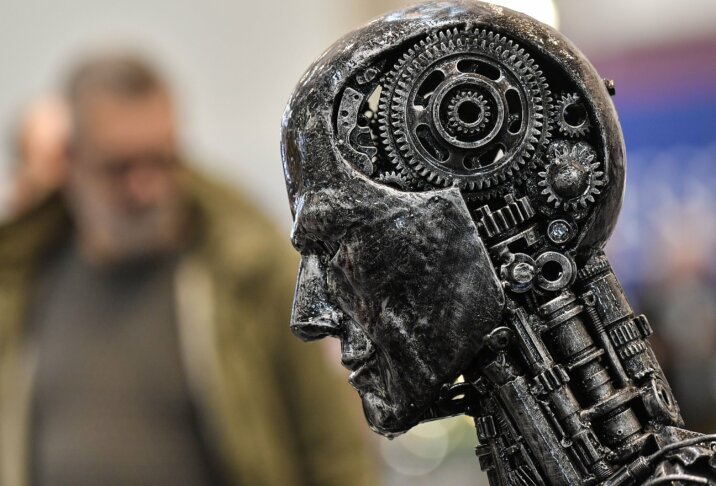
Technology has been evolving at a breakneck pace over the past few decades, and it’s interesting to consider how the human brain has shaped this evolution. Technology and the brain share several common features and characteristics in many ways, and by exploring these similarities, we can gain a deeper understanding of both.
One of the most significant ways in which technology has been shaped similarly to the human brain is in its ability to learn and adapt. Just as the brain is constantly rewiring itself in response to new experiences and stimuli, technology is constantly evolving and improving in response to user feedback and further information. For example, machine learning algorithms are becoming increasingly sophisticated, thanks to the ability of developers to train them using vast amounts of data. This process is similar to the way the brain learns and adapts to new information, strengthening connections between neurons to create new neural pathways.
Another way in which technology is similar to the human brain is in its ability to process information quickly and efficiently. At any given moment, the brain is processing an incredible amount of information simultaneously, thanks to its vast network of neurons and synapses. Similarly, modern computers and processors are capable of performing millions of calculations per second, allowing them to process vast amounts of data in a fraction of the time it would take a human brain.
This similarity between the brain and technology has given rise to some exciting applications, such as artificial intelligence and neural networks. These technologies use algorithms and neural networks to mimic the way the brain processes information, allowing them to recognize patterns and make decisions in a way that is similar to human thought processes.
One theory actually compares the parallels between the Internet to our consciousness, stating that world-wide-web is modeled after human consciousness. This idea is a topic of ongoing discussion and debate in the fields of philosophy, psychology, and neuroscience. While there is no consensus on the subject, some researchers have explored potential parallels between the two.
The Internet Patrol is completely free, and reader-supported. Your tips via CashApp, Venmo, or Paypal are appreciated! Receipts will come from ISIPP.
One of the most commonly cited parallels between the internet and human consciousness is the idea of interconnectedness. Just as the brain is made up of millions of interconnected neurons, the internet is made up of millions of interconnected devices and networks. This interconnectedness allows for the transmission of information and the sharing of ideas on a global scale.
So what does this teach us about ourselves? If the internet is modeled (intentionally or not) after our consciousness, it is a mirror, a projection of some aspects of our innate humanness. Our desire to feel a connection with other people, to connect with people who are similar to ourselves, is ingrained in us. On a molecular level, our nervous system desires greater connections, whether it be more neural pathways or stronger ones. I suppose it’s natural for man-made advancements to hold insight into our deepest human desires when that is naturally our driving force. Evolution is no longer just to reproduce by making little models of our genome, we replicate ourselves in all that we do. Technology is a tool. By definition, a tool is any instrument designed to make something easier, obtainable, or even possible, for us.
No matter the similarities, technology is what it is and there are many notable differences. While technology is incredibly fast and efficient at processing information, it lacks the complexity and nuance of human thought. The brain is capable of a wide range of emotional and cognitive processes that are difficult to replicate in machines. The brain is capable of complex behaviors that are difficult to replicate in technology, such as creativity and empathy. While there have been some interesting advances in these areas, such as machine-generated art and emotional AI, these technologies are still in their infancy and have a long way to go before they can truly replicate the complexity of human thought and behavior.
The question of ethics becomes a hot topic at this point. How close can we come to reproducing the human condition without biological processes? Or, rather, how far should we go? As technology continues to evolve, it will be interesting to see how these similarities and differences evolve as well.
The Internet Patrol is completely free, and reader-supported. Your tips via CashApp, Venmo, or Paypal are appreciated! Receipts will come from ISIPP.









